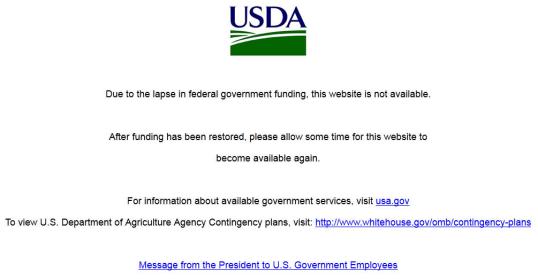How the Government Shutdown Affects You and Your Baby
Yesterday morning, the US government officially shutdown. And while the harsh reality has closed hundreds of national parks, zoos and sent government employees out of work without pay, the Congressional stalemate hits way, way closer to home for many. As of yesterday morning, no additional federal funds are available to support the Special Supplemental Nutrition Program for Women, Infants and Children (WIC) or any of their clinical services, food benefits and administrative costs.
Yep, you read correctly. The $6 billion program that helps pregnant women and new moms buy the healthy food they need if they’re low-income or facing “nutritional risk” is no more. The repercussions, of course, depend on how individual states react and how long the government shutdown lasts. Political analyst Elizabeth Lower-Basch from the Center for Law and Social Policy said in an email to the Huffington Post on Saturday that, “States can probably shelter families receiving WIC from the effects of a shutdown for a short period, but it could be a real problem if it lasts more than a few days.”
In a statement made on Saturday, before the shutdown had officially gone into effect, the Department of Agriculture (USDA) released a statement that read, “Unlike Social Security checks and many other safety net programs that can continue to operate under a shutdown, the Special Supplemental Nutrition Program for Women, Infants and Children (WIC) will cease issuing payments, leaving state governments scrounging for leftover funds from other programs that could be used to pay WIC benefits. Nearly 9 million at-risk mothers, infants, and children stand to lose their government-provided food money should the government shut down.” However, the USDA suggested that some aspects of the program could last through a short shutdown. “States may have some funds available from infant formula rebates or other sources, including spendforward authority, to continue operations for a week or so, but States would likely be unable to sustain operations for a longer period,” but even they’re not optimistic if the government shutdown continues for more than a weeks time. “Contingency funds,” they said, “will be available to help States – but even this funding would not fully mitigate a shortfall for the entire month of October.”
Another shocker? The CDC will halt its flu campaign. Due to the shutdown, the Department of Heath and Human Services released a memo that said the CDC will be “unable to support the annual seasonal influenza program.”
More than 1,6000 Head Start programs will also close as part of the government shutdown. These programs provide education, nutrition, health and other services to more than 1 million low-income children and families. At first, only the programs whose federal grants expire on October 1 will be affected but over time, as the shutdown lingers, more programs would likely be closed as a result.
As a result of the shutdown, the FDA will lose 6,620 employees and cease many inspections, enforcement actions and monitoring operations, also suspending the “majority” of its internal lab research.
Access to information has even been limited. A note on the homepage of the USDA reads:
However, a detailed list of contingency plans can be found at the Agency of Contingency Plans.
